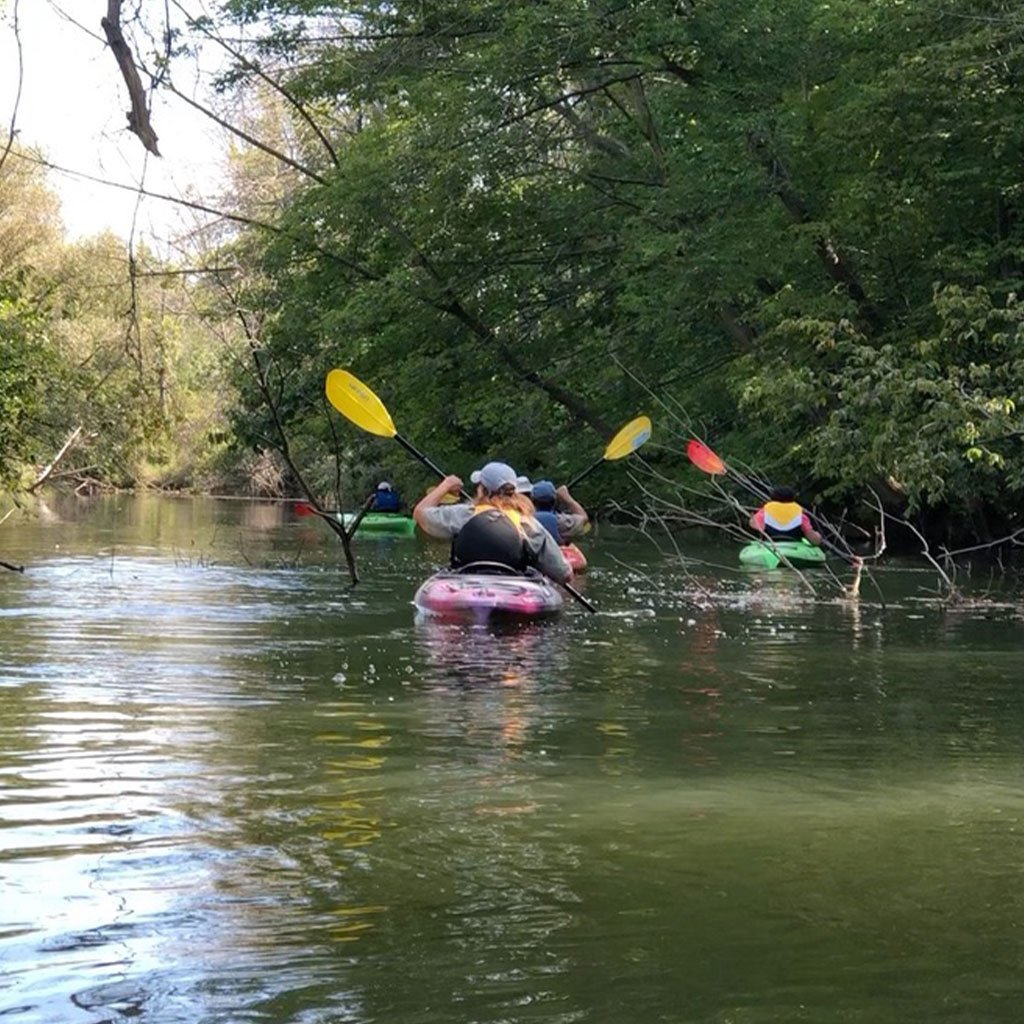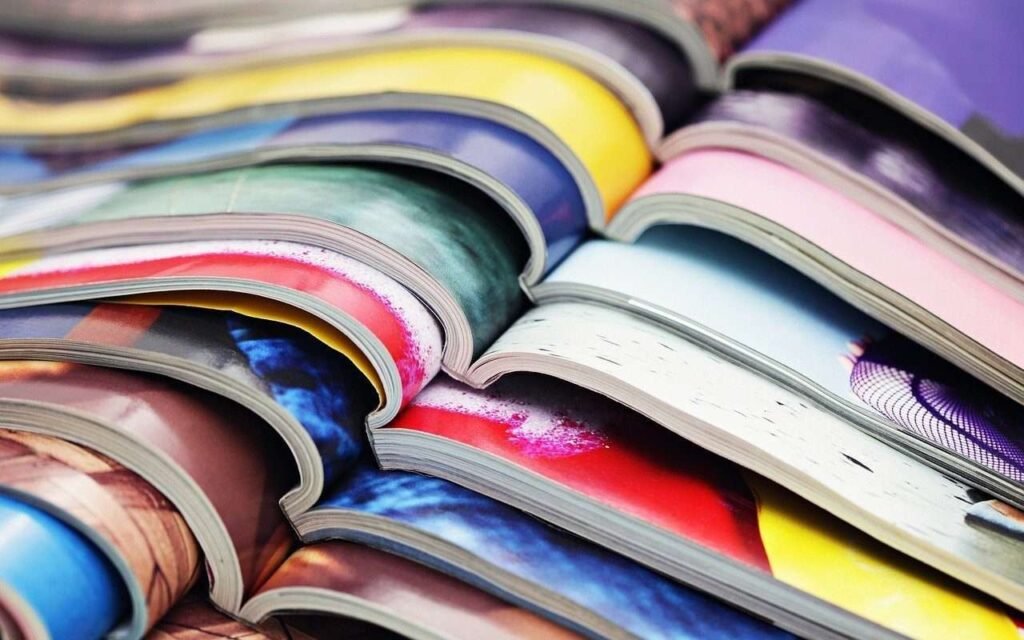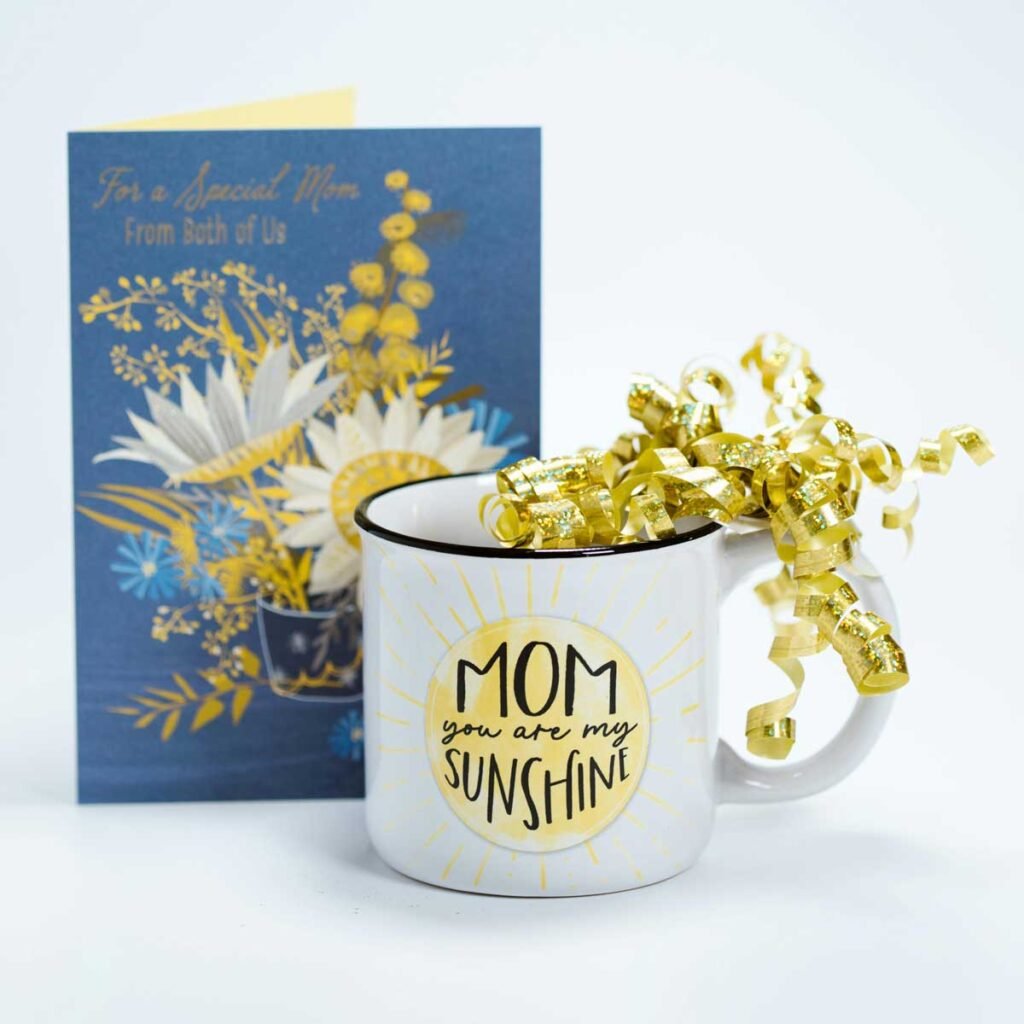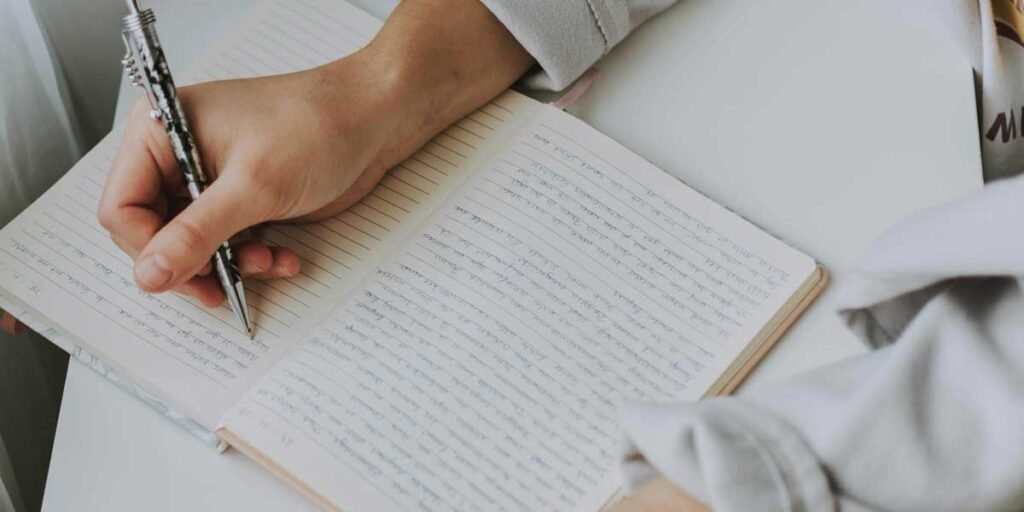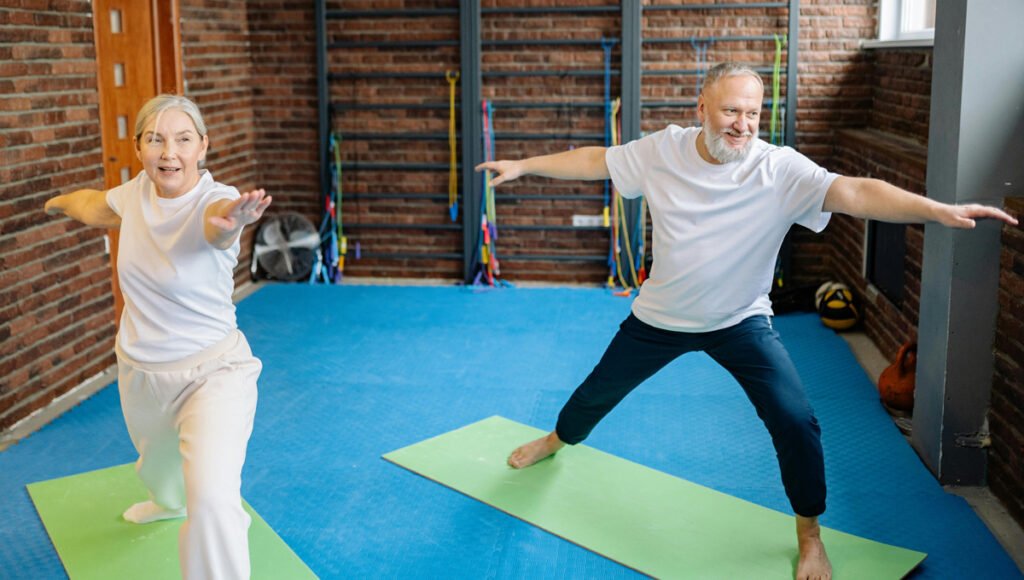My cup of tea
I was a tea drinker until the day I got married. Soon after, I came to the painful conclusion that to get a cup of tea, I would have to make it myself!
My wife is a lifelong coffee drinker. The way she makes the coffee, builds up the froth in my favourite mug, and hands it to me … I have never bothered to do it myself. This has gone on for four decades.
When my interest in coffee drinking peaked during the pandemic, I began experimenting with various coffee blends and the different processes of manually brewing coffee. Just when I thought I had (almost!) mastered the art of brewing good coffee, I met Ria.
Curating tea and my interests in tea
Anyone meeting Ria for the first time will find she is a bundle of energy. By our third meeting, her energy levels had only increased. She told me that she wanted to make me a tea curator! She dropped enough tea leaves on the ground for me to follow her path of learning more about premium teas from Darjeeling, India.

The tea ceremony
My wife and I attended Ria’s tea ceremony on a cloudy, windy, cold spring afternoon. The party room in her condo building had ample space for 50 people to move around.
In the farthest corner of the big kitchen counter was a spread – three large bottles of tea leaves, specialist tea-making utensils, mini cups, and the different tea ingredients tastefully arranged with captions (Ria’s story contd. below).
My best memory of tea
So far, my exposure to tea has been store-bought tea bags and the traditional way of making tea in my hometown in south India. After leaving India, the traditional taste of tea combined with the experience had remained in my memory. To the 1980s!
To visit grandma in our ancestral home, one had to catch a half-hour bus and walk a narrow ledge between water-logged and green paddy fields.
As a student with a meagre expense account, visiting grandma’s home yielded generous pocket change. On the way back, there was always a pit stop at the tea stall. There will be no signs to indicate where the bus stopped, but there will always be a tea stall attached to where the bus usually stops.
The tea stall at the road’s edge will have a thatched roof propped by bamboo poles. On the wooden counter will be a glass case with homemade savouries and other sundry items, including filter-less cigarettes, which you can get in singles or packets.
I asked for a kadak chai* and a Scissors cigarette (filterless brand; you can sometimes find small wooden pieces inside, and it may even flare up), and settled down on one of the two benches facing each other.
Behind the counter, shirtless, Balan will be making tea in an aluminum saucepan on a wood stove. I have never seen Balan change the tea leaves in the pan. When someone complains about the lightness of the tea, he will throw more leaves into the melting pot. He will then pour milk and sugar and boil them all together.
Balan then throws (by extending his hands to the maximum) the tea from the pan to another pan two or three times to make it froth, then dunks the glass in front of you. If he is carrying more than two glasses his fingers would have added to the taste of the tea. The tea, made in the stalls that dot the countryside, is made and consumed from dawn to dusk.
Tasting tea, sitting by the road in the tea stall open on all sides, under the dripping thatched roof, sheltering the thundering rain around us, smoking a cigarette, listening to the battered battery-operated radio with old Malayalam or Hindi songs, or listening to the news read out loud from the newspaper for the benefit of all in the tea stall, sometimes getting splashed by the rare vehicle that passes by … this was the total experience of having tea and remembering it forever.
Tea in A/C comfort
A decade later, masala chai* became my favourite in Dubai. When you pull into the parking lot of any Kerala restaurant, one of the tea boys will come running to take your order.
Sitting in the air-conditioned comfort of one’s car in the middle of summer, sipping masala chai was a luxury, but the experience was nowhere near memorable.
High tea
Growing up, books by Enid Blyton created a mental picture of life in the English countryside – high tea, warm scones, tea and biscuits, and cucumber sandwiches.
On our trip to London, England, my wife and I entered a restaurant that advertised the best high tea in London. Although the hostess said there was a two-day waiting list, she managed to get us a small table near the window overlooking the Thames River. On the scale of being a memorable event, it scored only a five.
The tea ceremony (contd.)
Ria’s tea ceremony stirred all those memories. She began with stories of how she procured the tea leaves, experimented with and blended them, the different tastes and smells of each of the parts that go into the teas, the layering of flavours, and the ingredients in each of the three teas – Calcutta Ember, Citrus Bloom, and Zafraan Noir.
I realized that this may be the beginning of a memorable process.
Ria then took us through the tea-tasting process. By the end of the half-hour, I was taking baby steps toward becoming a convert to drinking tea.
Making tea is now a mindful process for me. I have to find the right combination for black tea. Ria tells me I can make masala chai from one of her blends. Again, I must create this by myself – hopefully a memorable one.
But one thing is clear. After tasting tea in my youth, the next memorable one will be Ria’s tea presentation; she will be my first contact for buying tea and be the support system when experimenting.
Notes:
- Kadak chai is strong tea
- Masala chai is a strong tea with spices, mainly ginger
- Kerala is one of the states in India
Related stories
How can you package your products, services, and ideas by exploring memories, connecting events, and crafting memorable stories?
Finding the connections
You can develop many connecting stories and themes through the story discovery process.
From the series: How to find stories
In business and life, stories are the cornerstones of your communications strategy – verbally, digitally, and in print.
Recent events are easier to recall. If you are in the habit of journalling, you can collect an extensive repository of ‘trigger words’ for recalling stories and events.
The story above combined journaling, photos, and using the senses to recall stories.
[I find opportunities to tell personal, business-related, and stories of others. I see stories, craft stories, and tell them in multiple formats.]


